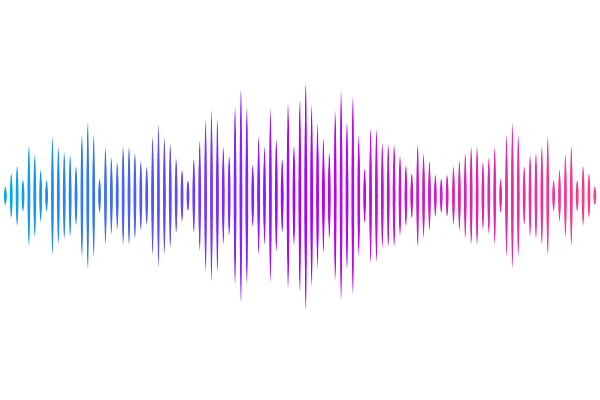The interferon response signature links to increased expression of transposable elements in neutrophils of systemic lupus erythematosus patients

The interferon response signature links to increased expression of transposable elements in neutrophils of systemic lupus erythematosus patients
Arteaga-Vazquez, L. J.; Sepulveda, H.; Villalobos, B.; Suzuki, K.; Kalunian, K.; Ay, F.; Boothby, M. R.; Rao, A.
AbstractSystemic lupus erythematosus (SLE) is a spontaneous systemic auto-immune condition for which the inciting factors and genetic basis are generally unknown. Although heterogeneous in its manifestations and severity, SLE involves chronic inflammation along with sustained autoantibody production. The root causes and pathophysiology of the inflammation and breaches of tolerance are incompletely understood, but neutrophils are thought to be important elements of the pathophysiology. Type I interferons (IFN) in the bloodstream and an IFN-stimulated gene (ISG) signature in circulating leukocytes, including neutrophils, are common features in many patients. Earlier work with unfractionated peripheral blood cells of SLE patients has provided evidence of increased levels of transcripts derived from transposable elements (TEs). We sought to elucidate the relative extents of de-repression of different TE classes in neutrophils of SLE patients, and to explore the relationships between the increased ISG and TE expression as well as their correlation with the severity of the SLE disease. Published RNA-seq data obtained from neutrophils (also termed polymorphonuclear leukocytes, or PMN) were analyzed with pipelines designed to detect TEs in samples from 23 patients with SLE and healthy controls (n = 10). SLE samples were sub-divided into \"IFN-positive\" (IFNpos, n=12) and \"IFN-negative\" (IFNneg, n=11) patients, as defined in the original study based on gene expression analysis. An independent interferon-regulated gene signature was also determined for each sample. In PMN of IFNpos SLE patients, expression of ISGs and TE families were increased compared to healthy controls (HC) and IFNneg SLE patients. No TE families showed significantly increased expression in SLE patients pre-stratified as IFNneg. Increased expression of a majority of individually-mapped TEs correlated with upregulated expression of nearby genes. The majority (~80%) of upregulated TEs were present in introns of upregulated genes, and ~67% of these upregulated genes were ISGs. Of the ~20% of mapped TEs that were in the introns of genes whose expression did not change significantly, only ~28% were ISGs. Analyses of all SLE patients identified a strong correlation between expression of several specific TE families and disease activity assessed at the time of the visit. Detailed inspection of individually mapped TEs in the introns of ISGs showed a remarkable correlation of high TE expression with selective but partial intron retention as well as with annotated splicing alterations of the flanking exons in these ISGs. Neutrophils of SLE patients independently pre-classified as being IFNpos have increased expression of multiple TE classes and families, but this manifestation is not present in patients of the IFNneg stratum. The expression of only some TE families correlated with the disease activity, showing a complex relationship between TEs and SLE. The findings suggest a mechanistic relationship between the degree of IFN response and increased TE expression in a cell type centrally involved in SLE pathogenesis. The presence of highly expressed TEs in ISG introns, and the correlation of TE expression levels with partial intron retention and with splicing variations in adjacent exons, are unexpected findings that need to be further explored.